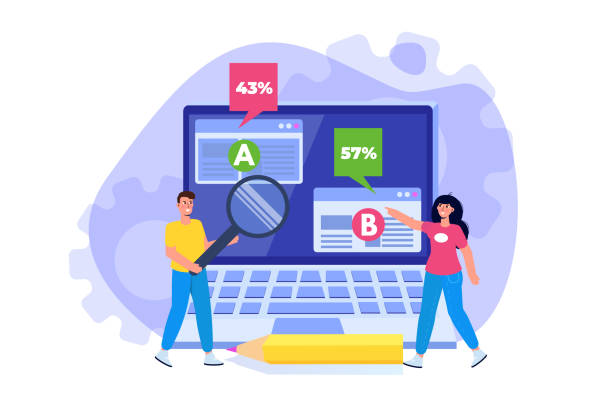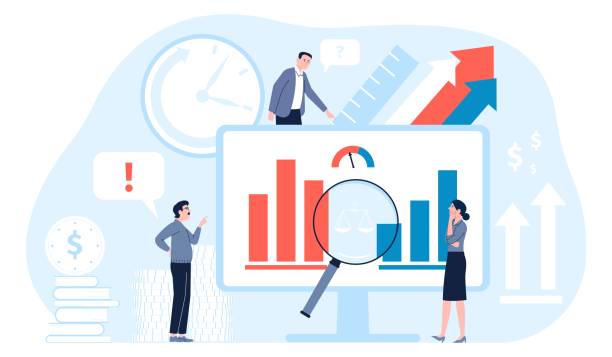Comparative Analysis: Unveiling Insights Through Data Comparison

Introduction
Comparative analysis stands as one of the most potent tools in any researcher’s arsenal. It allows us to dig deeper, make connections, and unearth patterns that might otherwise remain hidden. But what does it truly entail? And how can we leverage it for maximum advantage? This article aims to provide you with maximum knowledge on the subject.
Understanding Comparative Analysis
Definition
At its heart, comparative analysis is a method used to compare and contrast different items, concepts, or phenomena. It’s akin to putting two paintings side by side to discern their nuances and overarching themes. But it’s not just about finding differences; it’s also about identifying similarities, allowing for a holistic understanding of the subjects at hand.
Importance
Why all the fuss about comparative analysis? Well, it helps us make sense of the world around us. By contrasting two or more items, we can gain insights, make predictions, and derive conclusions that wouldn’t be possible if we were examining each item in isolation.
Historical Overview
From the dawn of civilization, humans have been natural comparators. The ancient civilizations of Greece, China, and Egypt, for instance, used comparison techniques to study astronomy, medicine, and even philosophy. The roots of comparative analysis run deep, showcasing its enduring relevance.
The Mechanics of Comparative Analysis
Methods
There are several methods that exist within the realm of comparative analysis. From qualitative to quantitative approaches, each method offers unique perspectives and insights.
Tools
With the rise of technology, various software and platforms have been developed to aid in comparative analysis. These tools simplify the process, making it more accessible than ever before. Whether it’s a complex data analytics software or a simple spreadsheet, there’s a tool for every need.
Practical Applications
Beyond academia, comparative analysis is used in diverse fields such as business, healthcare, and even marketing. From comparing market strategies to analysing patient outcomes, its applications are as varied as they are profound.
Comparative Analysis in Daily Life
Business Decisions
When businesses consider launching a new product, comparative analysis comes into play. By examining competitors and the market landscape, businesses can make informed decisions, ensuring their product’s success.
Personal Choices
On a personal level, we use comparative analysis when choosing a new phone, deciding on a holiday destination, or even selecting a book to read. It’s an innate part of our decision-making process.
Societal Impacts
On a broader scale, comparative analysis helps societies make choices about policies, governance, and even education. It allows for informed decisions, driving positive change.
Challenges and Pitfalls
Common Missteps
Like any tool, comparative analysis can be misused.
Ethical Considerations
When conducting comparisons, especially in sensitive areas like healthcare or social studies, ethics cannot be ignored. It’s paramount to ensure fairness, accuracy, and respect for all involved.
Overcoming Barriers
Mistakes happen, but they’re not the end of the world. With the right strategies, overcoming barriers in comparative analysis is entirely feasible, ensuring robust and reliable results.
Comparative Analysis for the Future
Technological Innovations
The future holds exciting possibilities, especially with the rapid advancements in technology. AI, machine learning, and big data are set to revolutionise the way we conduct comparative analysis.
Evolving Trends
As societies change, so do the trends in comparative analysis. Staying updated on these shifts ensures that we remain relevant and effective in our comparisons.
Predictions and Expectations
With its growing importance, comparative analysis is set to become even more prevalent in the future. From more sophisticated tools to innovative methods, the sky’s the limit!

FAQs
- What is comparative analysis?
Comparative analysis is a research methodology used to compare and contrast different items, phenomena, or concepts to gain deeper insights.
- Why is comparative analysis essential?
It provides a holistic understanding of the subjects at hand, helping make informed decisions and derive significant conclusions.
- How is comparative analysis used in business?
Businesses use it to analyse market strategies, study competitors, and make critical decisions regarding product launches.
- Are there any challenges in using comparative analysis?
Yes, there can be pitfalls like comparing non-comparable items and not accounting for external variables. However, with vigilance, these can be avoided.
- What’s the future of comparative analysis?
With technological advancements, especially in AI and machine learning, the future of comparative analysis looks promising and more sophisticated.
- Where else is comparative analysis applied apart from business?
It’s used in various fields, including healthcare, marketing, personal decision-making, and societal policies.
Conclusion
In the vast world of research methodologies, comparative analysis shines brightly. It has proven its mettle over centuries, offering insights and understandings that have shaped our world. As technology advances and our society evolves, comparative analysis will undoubtedly continue to be a beacon of knowledge, guiding us towards a brighter, more informed future.
External Links/ Sources:
Qualitative comparative analysis
